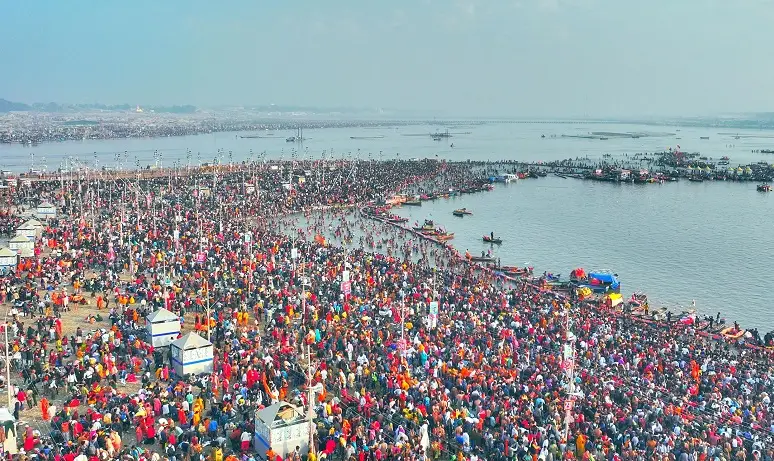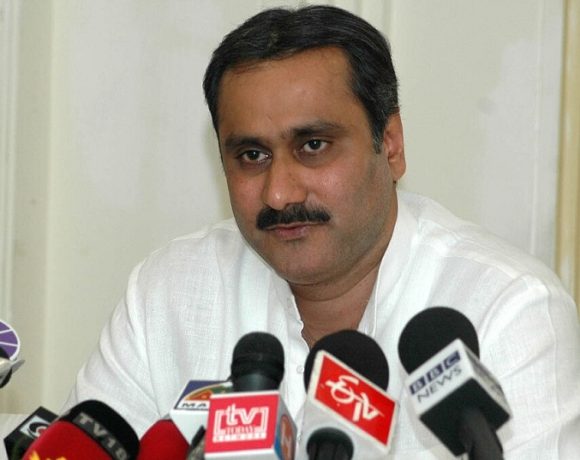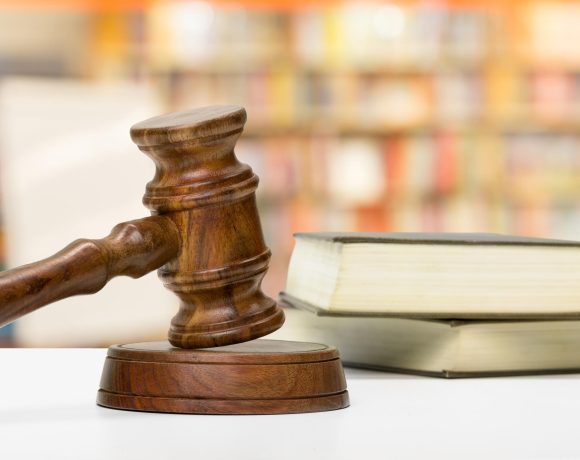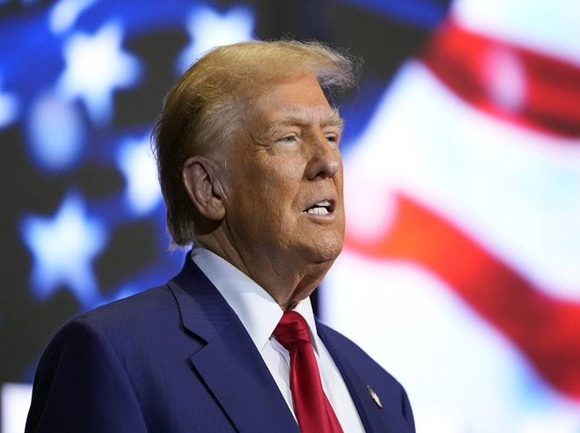
Supreme Court on Maha Kumbh Stampede
The Supreme Court has described the recent Maha Kumbh stampede as “unfortunate” while directing petitioners to seek redressal from the respective High Court regarding concerns over safety protocols and crowd management.
Petitioners Urged to Approach High Court
A public interest litigation (PIL) was filed in the Supreme Court, demanding stricter safety regulations for large religious gatherings in light of the stampede tragedy. While acknowledging the seriousness of the situation, the bench emphasized that the High Court is better positioned to examine region-specific concerns and take necessary steps to improve public safety measures.
Regional Jurisdiction in Managing Safety
The decision highlights the role of regional judicial bodies in addressing localized issues. By advising the petitioners to move the High Court, the Supreme Court emphasized that the state judiciary is better equipped to handle such cases and enforce immediate, practical solutions suited to the event’s specific conditions.
Need for Enhanced Safety Measures
The petitioners sought mandatory safety measures at large religious gatherings, citing the recent tragedy as an example of inadequate crowd control. They argued that stronger safety guidelines, improved emergency protocols, and better management strategies are required to prevent such incidents in the future.
Past Incidents and Demand for Reform
The Maha Kumbh Mela has historically drawn millions of devotees, making crowd control a persistent challenge. Previous stampedes have raised concerns over the effectiveness of existing measures, and this latest tragedy has reignited calls for reform. Many believe that standardized safety guidelines should be implemented nationwide for large-scale religious events to ensure pilgrim safety.
Next Steps for Petitioners
Following the Supreme Court’s direction, the petitioners are expected to move the High Court, seeking improved crowd management, accountability mechanisms, and enforcement of safety directives. Their plea focuses on preventive measures to ensure that such tragedies do not occur in future religious gatherings.
Conclusion
The Supreme Court’s acknowledgment of the Maha Kumbh stampede as “unfortunate” underlines the gravity of the incident. By directing the case to the High Court, the judiciary has provided a path for swift action and region-specific judicial intervention to enhance safety measures at mass gatherings.


















